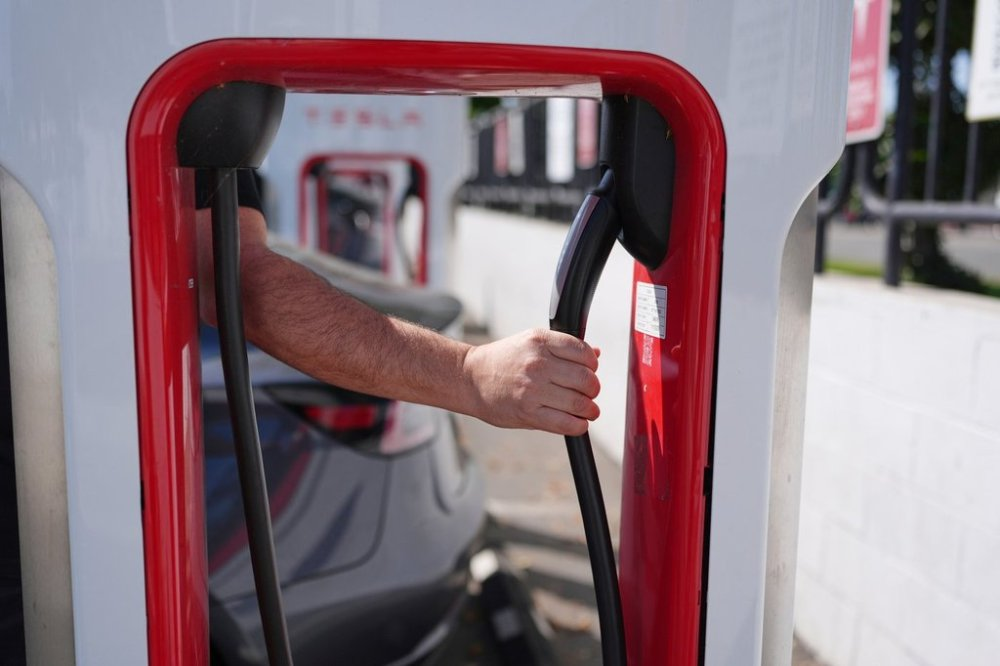EVS PAY BACK THEIR ‘DIRTY’ MANUFACTURING FAST

Two years to emissions break-even
A new analysis says electric vehicles quickly offset the higher emissions from battery and car manufacturing, reaching a greenhouse-gas break-even versus comparable gasoline cars in roughly two years of typical driving. The study modeled grid mixes across U.S. regions and factored battery chemistries, pack sizes and lifecycle disposal. Even in coal-heavy grids, EVs outperformed over the vehicle’s life as charging increasingly taps wind and solar. For policymakers, the message is to focus on cleaner manufacturing, faster charging buildout, and grid decarbonization—multipliers that shrink the payback period further. For shoppers, the practical takeaway is simple: total emissions, not factory snapshots, decide the climate outcome.

Context: cost, batteries and power
Price remains the friction. Upfront EV costs are easing with smaller packs and LFP (lithium iron phosphate) options. Battery supply chains are diversifying, but permitting and local content rules add bumps. The grid side matters, too: smart-charging and time-of-use rates lower costs and reduce peak stress. Critics point to mining footprints; the study’s authors say recycling and higher material recovery will bend that curve. If 2030 targets hold—more renewables, denser charging—break-even falls under two years for most drivers. The climate math is probabilistic, but the direction of travel is clear.





















